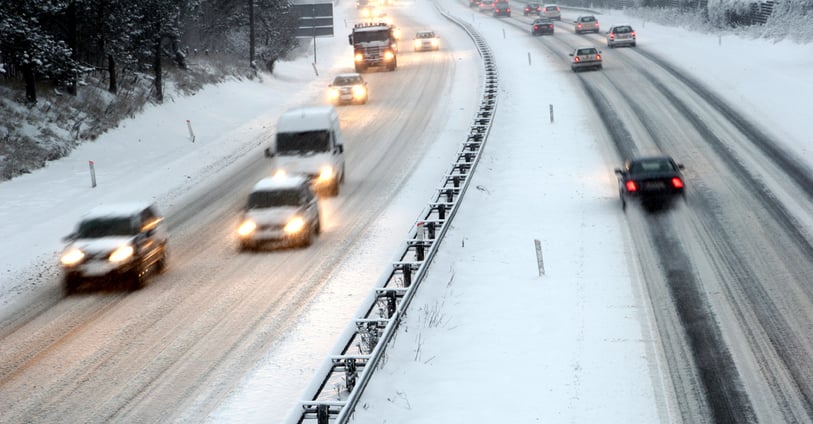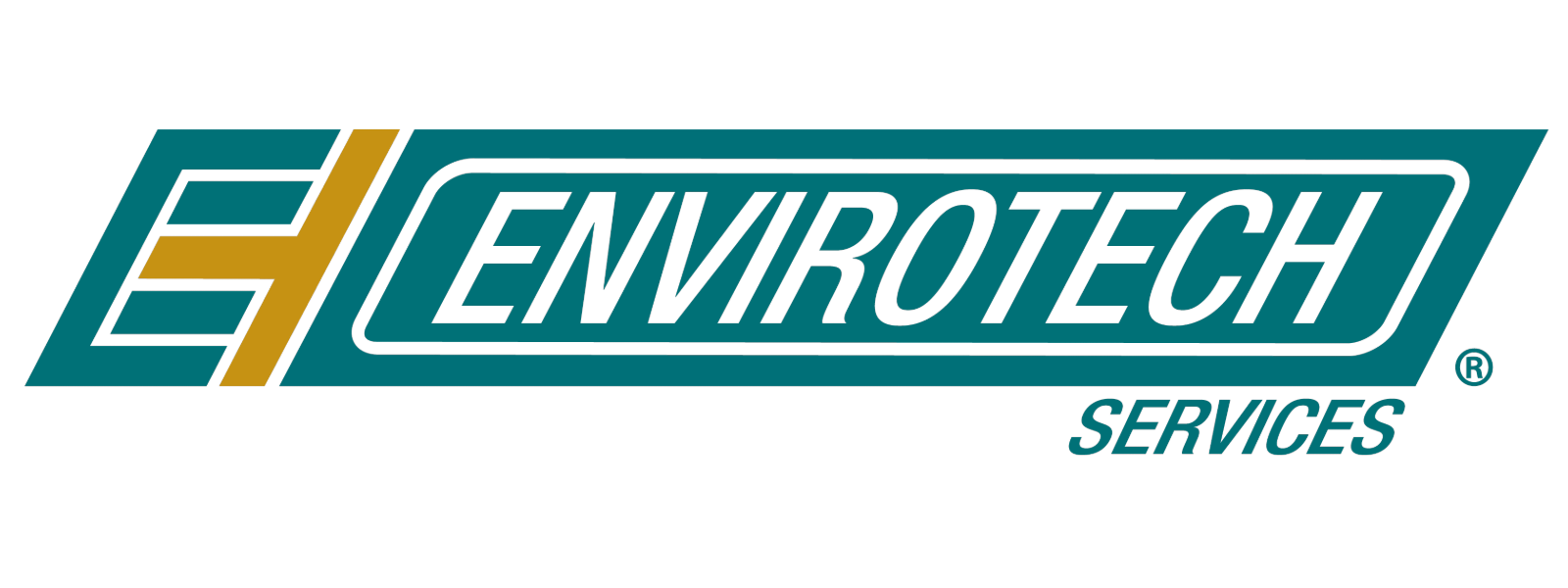When it comes to deicing standard operating procedures, are yours in place? There is a lot to get right, and perhaps just as much to get wrong. Here are ten do’s and don’ts to consider.

DO: Adopt a standard deicing operating procedure and make sure that everyone in your company understands their roles in the procedure and what the overall goals are.
DON’T: Wait until the weather gets bad to decide what you need to do.
DO: Review your standard deicing operating procedures every couple of years. Determine what works every year like clockwork. It’s just as important to know what didn’t work. Revise the procedures that did not work and let all employees know what the changes are.
DON’T: Forget to have sufficient deicing spray and salts on hand from well before the beginning of winter. September is a great month to be sure you are getting fully stocked. We’ve all seen what can happen to availability of supplies for people and businesses who wait until the storm hits.
DO: Prepare for different level storms and understand what it takes to endure them.
DON’T: Use the same procedure for all storm levels. There are basically 3 storm levels: I, II, and III. In Level I storms, roads are hazardous and authorities advise that drivers use extreme caution. Level II winter storms, generally produce 4-8 inches of snow and schools and some businesses close. Authorities urge residents to stay home or at least call in to their offices before starting to work. Authorities discourage vehicles on the road so that snowplows can do their jobs safely and quickly. In Level III storms, generally all public roads close and emergency vehicles only travel on roads. In some areas, Level III may mean 6-10 inches of snow. Know what constitutes a Level I, II, and III warning in your area.
DO: Contract with snow removal companies early in the fall. Alternatively, have the appropriate in-house equipment and personnel on hand to clear parking lots and sidewalks to ensure safety of employees and other invited guests.
DON’T: Ask employees to stay at work when dangerous storms are imminent. Release staff in enough time to travel home safely before the peak of the storm hits. If necessary, make arrangements for overnight stays (cots, water, food, etc.) if your business requires emergency overnight crews.
DO: Keep a positive attitude about employee safety. If your business needs employees during an ice or snow emergency, send four-wheel vehicles to pick up emergency personnel so they don’t need to drive in icy conditions.
DON’T: Panic. Even if ice and snow are not a normal part of your winters, a little early preparation can go a long way to making the surprise storms a little easier to take.
To talk more about a site-specific program or to see if you are eligible for a lower rate contact us. Have a safe winter!
EnviroTech Services, Inc., a Greeley, Colorado based Small Business manufacturer of problem solving products for the de-icing and dust control markets. Over 26 years of "People Helping People Help the Environment".


